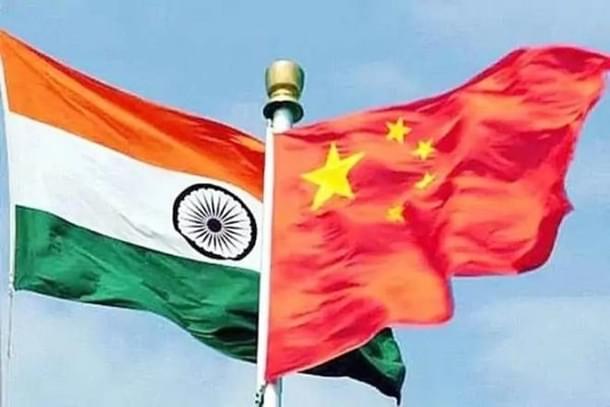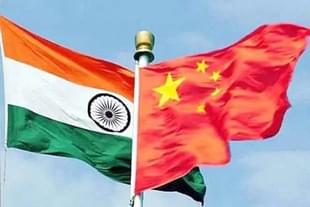Defence
After Modi-Xi Meet In South Africa, Military Commanders Discuss Partial Withdrawal From Last Two Standoff Points In Eastern Ladakh
Ujjwal Shrotryia
Aug 25, 2023, 02:01 PM | Updated 02:01 PM IST
Save & read from anywhere!
Bookmark stories for easy access on any device or the Swarajya app.


Military commanders of both India and China are discussing a partial withdrawal of troops from the two remaining border points at Demchok and Depsang in eastern Ladakh.
This developement comes in after yesterday's (24 August) talks between Prime Minister Narendra Modi and Chinese President Xi Jinping,
Meeting on the sidelines of the BRICS summit in Johannesburg, Prime Minister Modi told Xi that ties between the two nations could only be normalised after disengagement and de-escalation of the troops at the remaining standoff points.
This follows back-to-back talks between military commanders of the two nations — the first-ever two-day Corps Commander talks, followed by an unprecedented six-day-long Major General-level talks.
India and China, after eighteen rounds of Corps Commander talks and multiple rounds of foreign and defence ministers' talks, have resolved all the standoff points at Galwan Valley (PP-17), the North and South banks of Pangong Tso, Gogra (PP-17A), and Hotsprings (PP-15) area, except the two remaining points at Depsang and Demchok.
According to reports, the instructions from both governments are to quickly resolve the standoff at border points and freeze the additional deployment of troops and equipment along the line of actual control (LAC).
This comes as both Prime Minister Modi and Chinese President Xi are scheduled to meet alongside the G-20 summit to be held between 9-10 September.
However, the extent and location to which the pullback will take place are currently not clear. According to sources, the partial withdrawal will be done in phases, and the nitty-gritty of the withdrawal still needs to be ironed out.
Patrolling Points At Depsang Plains
The Chinese People's Liberation Army at Depsang Plains, since 2013, is obstructing Indian Army troops from reaching their traditional patrolling points from PP-10 to PP-13.
These points are situated beyond an area known as the bottleneck, where, as the name suggests, Indian troops have to traverse on foot.
According to a report by The Print, a few hundred metres away from the bottleneck area, there is a location called the Y-junction, from which two routes emerge.
One northern route leads to the Raki Nala area towards PP-10, while the southeastern route goes to Jiwan Nala towards PP-13 — access to both of which has been blocked by the Chinese.
They constructed a road behind the bottleneck area and installed security cameras to monitor the movements of Indian troops in the vicinity, in 2013.
As soon as they detect any movement of Indian troops, the Chinese deploy their troops on vehicles around the bottleneck area.
In return for granting access to PP-10 and PP-13, the Chinese are seeking access to their claim line, which lies extremely close (less than 1.5 km) to the Burtse area.
This claim line is strategically positioned along the Darbuk-Shyok-Daulat Beg Oldie (DBO) road — a crucial supply route to the Indian advanced landing ground at DBO.
Resolution At Demchok's Charding Ninglung Nullah Junction
In the Demchok area, situated in the southern part of eastern Ladakh, the problem primarily lies in the Charding Niglung Nullah Junction area, where the Chinese prevent access for Indian shepherds to their traditional grazing ground at the Saddle Pass.
This area falls within the Indian perception of the LAC. According to reports, this standoff is relatively easy to resolve.
Staff Writer at Swarajya. Writes on Indian Military and Defence.





